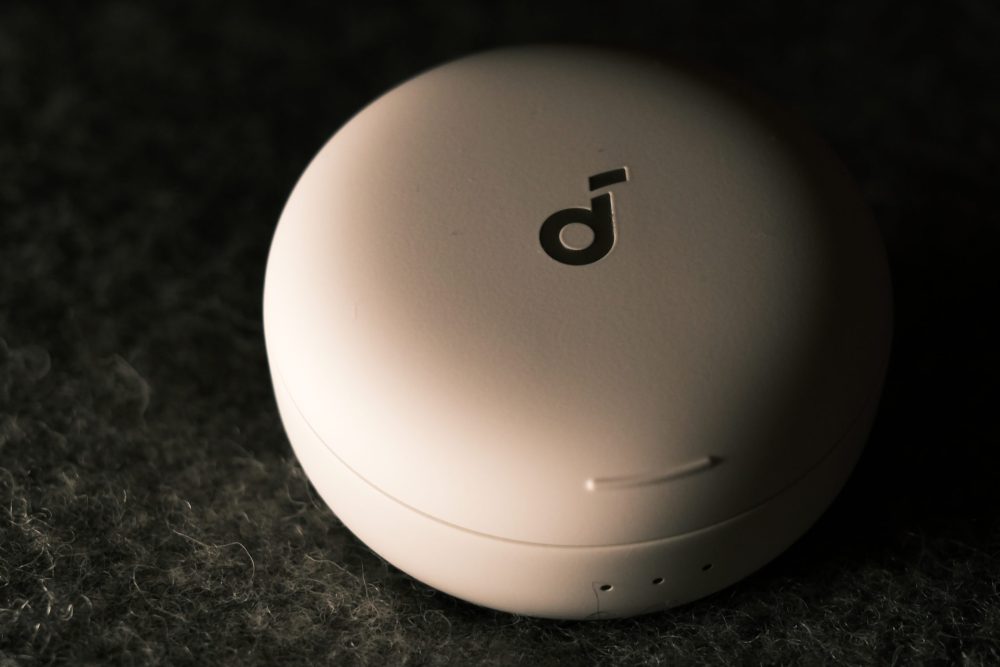TL;DR
Anker's Sleep A30 earbuds are smaller, more comfortable, and packed with new tech. They boast an improved charging case that now acts as a snore detector, actively masking snores before you wake. Crucially, Anker has finally integrated Active Noise Cancellation (ANC), significantly enhancing sleep quality by blocking out disturbances. Plus, they smartly detect when you fall asleep, seamlessly switching from your content to soothing soundscapes. While pricier than their predecessor, the A30 offer a compelling upgrade for serious sleep disturbance sufferers. Want to know if the snore detection and ANC are worth the splurge? Read our full review to find out!
Recently, we commended the innovation of Anker’s Soundcore Sleep A20, though we noted some reservations regarding its price and the sound quality of its integrated soundscapes. Now, Anker has released a successor where they have ingeniously integrated even more technology into a product that has simultaneously reduced in size. In this review, we evaluate the Anker Soundcore Sleep A30. Given the substantial continuity with the previous model, this review will primarily highlight the new features introduced in this generation.
First Impression
In our review of its predecessors, we were impressed by the diminutive size of these earbuds upon unboxing, and we experience a similar sensation with the current iteration. The Sleep A30 are indeed remarkably compact. While we do not have the Sleep A20 readily available for a direct comparison, the A30 undeniably presents a smaller form factor. A review of the specifications confirms a 7% reduction in size. While this may seem a modest reduction, for a product designed for overnight in-ear wear, every millimeter contributes significantly to comfort.

Design
In terms of design, they closely resemble their predecessors, with the primary discernible difference being the inclusion of additional memory foam ear tips, which offer enhanced passive noise isolation against disruptive sounds. However, these may not provide the same level of comfort as the classic silicone tips.

Features
The charging case, too, maintains a similar aesthetic to its predecessor. It features a sleek, stylish design, though its smooth finish can unfortunately make it somewhat slippery to handle when retrieving earbuds during nocturnal awakenings. Upon securing the case and opening the lid, the earbuds illuminate, facilitating easy location in low-light conditions. This thoughtful design addresses a practical concern, underscoring Anker’s experience with its third generation of sleep earbuds.

However, the case integrates another intelligent feature that feels even more innovative than mere illumination: Specifically, the case functions as a snore detector. While this might initially seem unconventional, its rationale becomes clear upon consideration. A standard-sized case positioned on a nightstand provides ample space for more sophisticated microphones than the compact earbuds themselves, and is less prone to interference from bedding or hair, optimizing sound pickup. Upon detecting snoring, the case initiates adaptive snore-masking sounds preemptively, prior to user awakening, demonstrating remarkable efficacy.

While a full scientific evaluation of these features presents challenges, our editorial test subjects, accustomed to partners who snore, report a marked increase in undisturbed sleep nights, suggesting Anker has achieved significant success in this area. All settings, including active noise cancellation (ANC) control and the direct download of preferred soundscapes to the earbuds, are conveniently managed via the dedicated Soundcore app. The most significant addition in this generation is the integration of active noise cancellation (ANC) into the Sleep A30. In our prior review, we speculated that the omission of ANC in the Sleep A20 was likely a deliberate decision by Anker, aimed at conserving space and avoiding auditory fatigue associated with active noise cancellation. Evidently, spatial constraints within the earbuds are no longer an issue, and for users who prefer not to utilize this type of noise cancellation, it can be easily deactivated. While the noise cancellation may not be class-leading, it demonstrably contributes to a quieter sleep environment and fewer disturbances.

Conclusion
Following three weeks of evaluation, the Sleep A30 have seamlessly integrated into our daily routines. Their ergonomic design ensures comfort for all-night wear, and the battery life often exceeds typical sleep durations (providing up to 9 hours in sleep mode without ANC).

A standout feature is their sophisticated ability to detect sleep onset. For users who prefer to fall asleep while listening to a YouTube video or audiobook, this functionality is optimal, as upon detecting sleep, it seamlessly pauses external playback and transitions to playing pre-saved local soundscapes from the earbuds. This transition occurs imperceptibly, ensuring an uninterrupted path to sleep.
Admittedly, they come at a premium price, but for individuals experiencing sleep disturbances caused by ambient bedroom noise, this investment may be justified for the significant benefit of restorative sleep. However, if active noise cancellation is not a critical requirement, the Anker Soundcore Sleep A20 remains a more affordable alternative, offering extended battery life.
Anker provided test samples for this review. The provision of review units does not influence our editorial independence or test findings.
